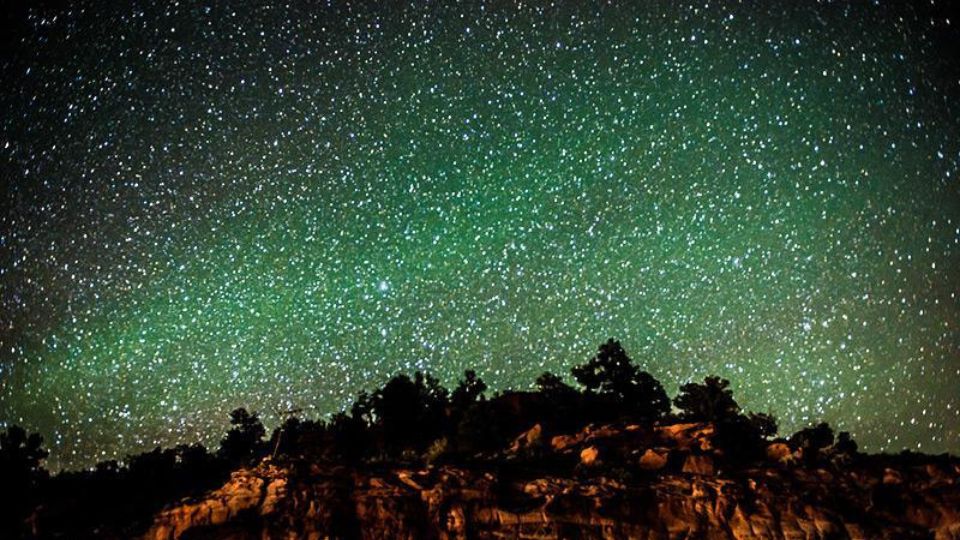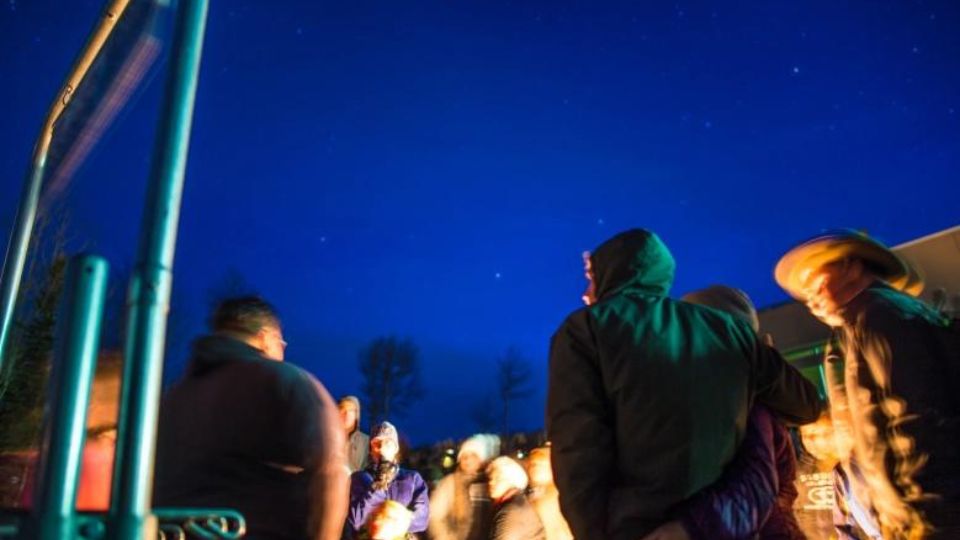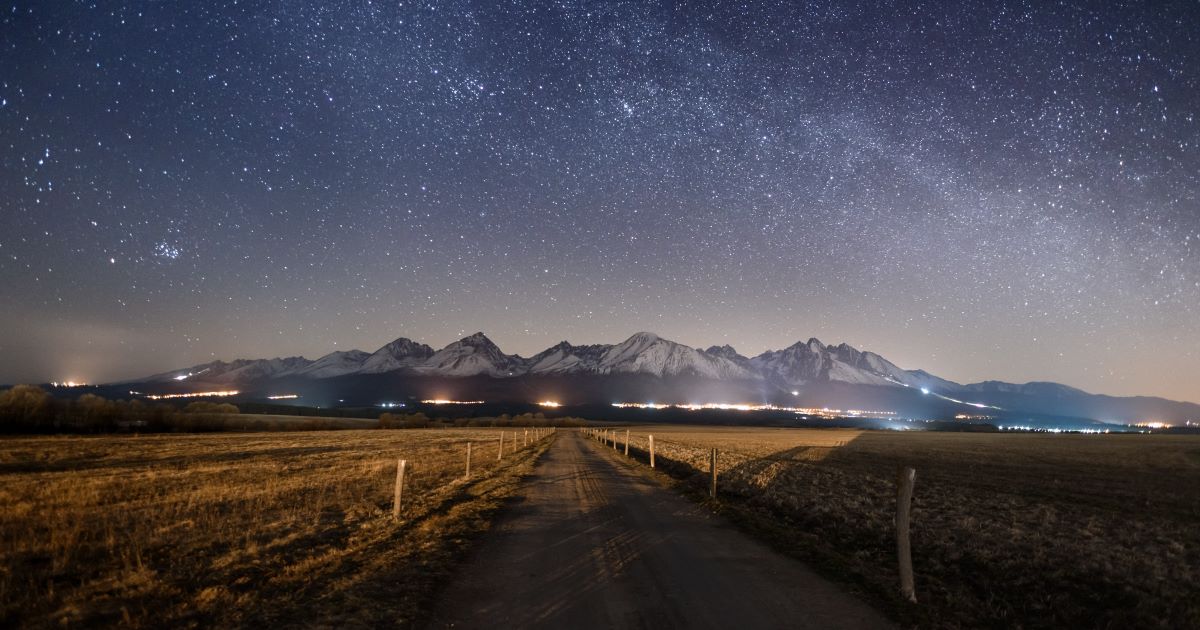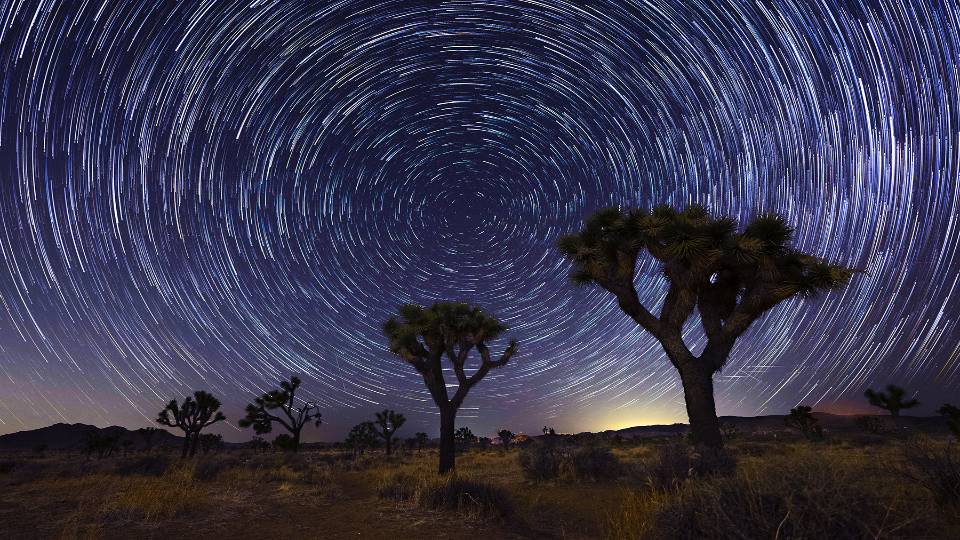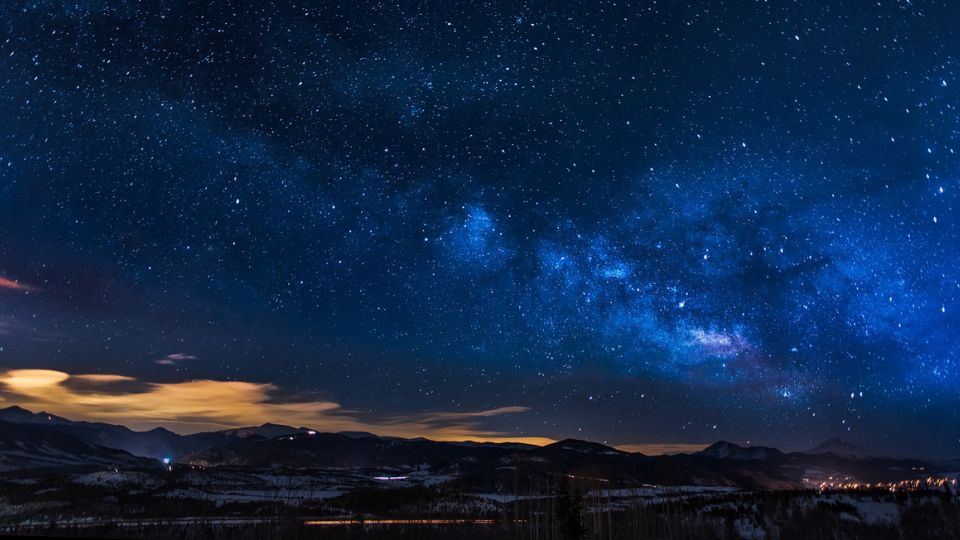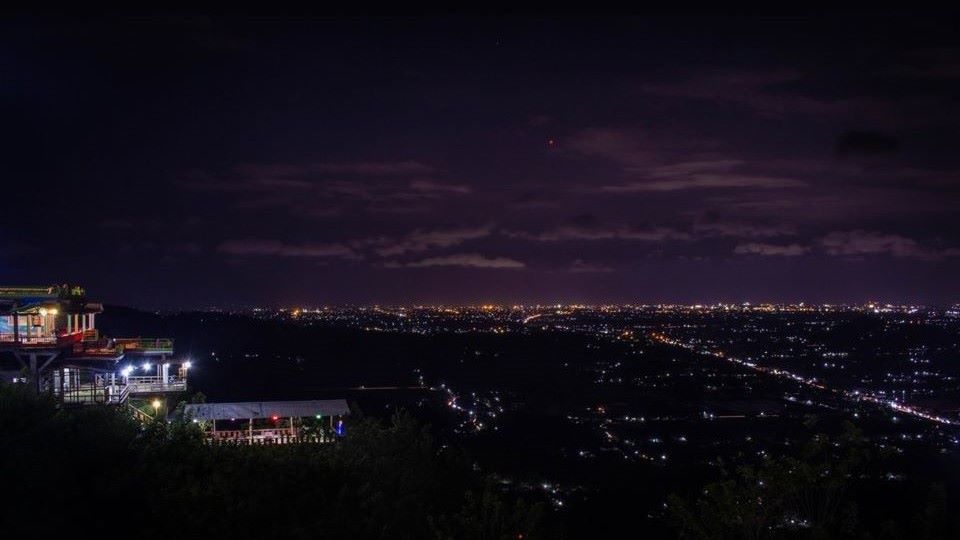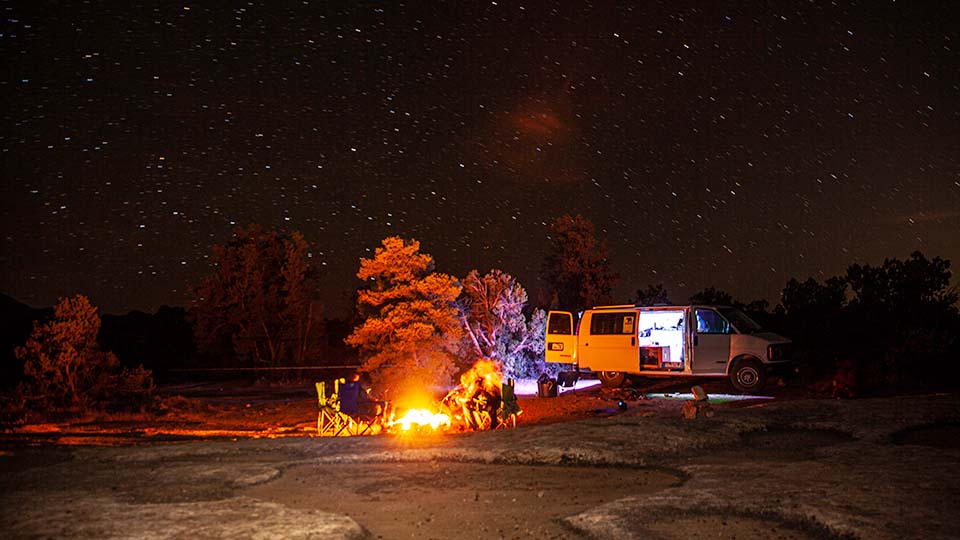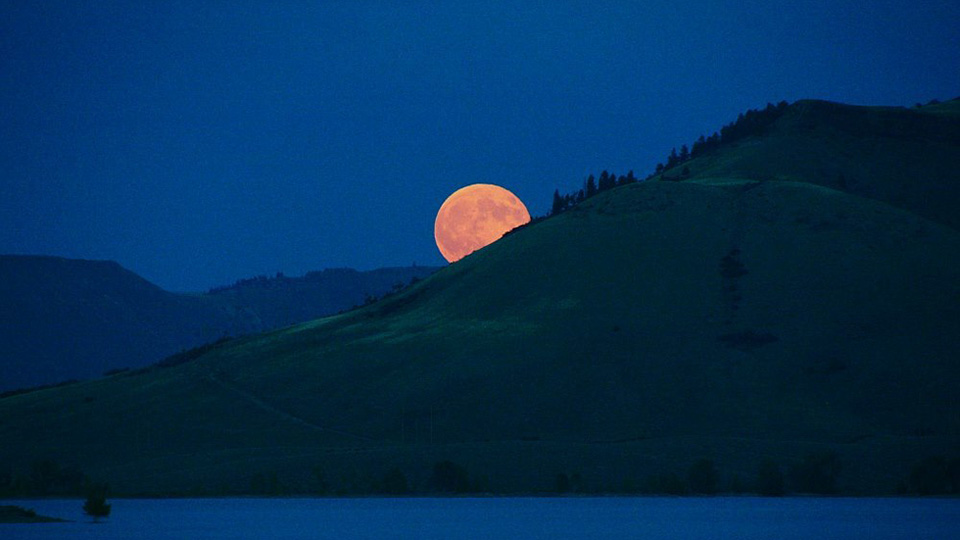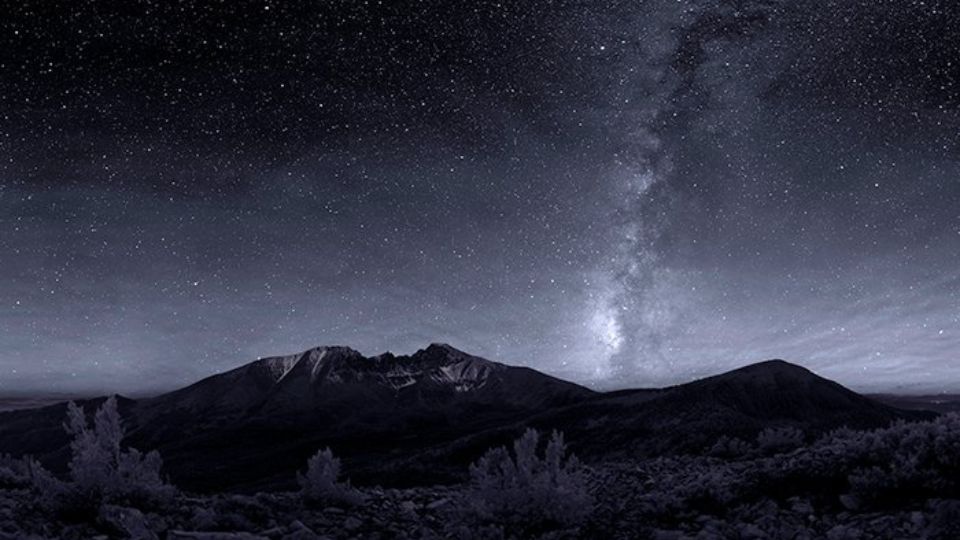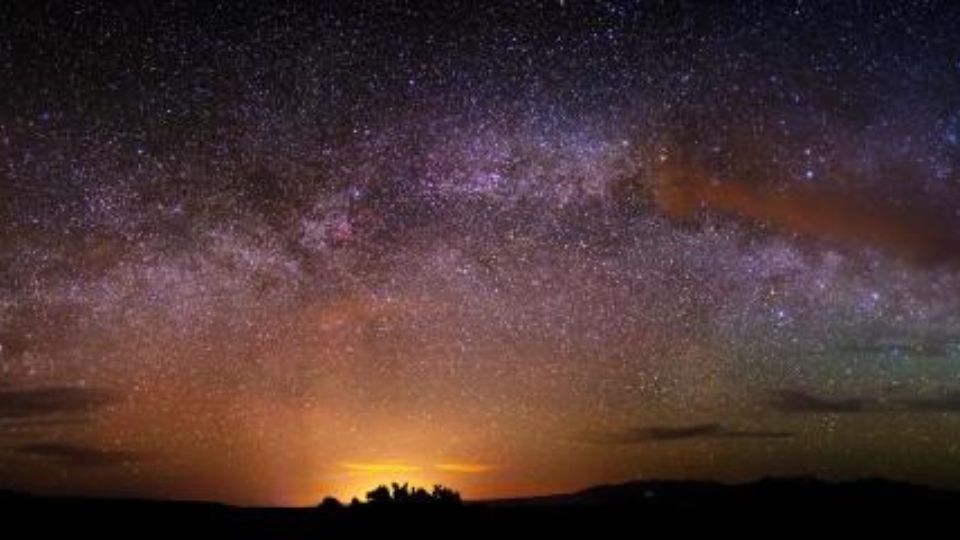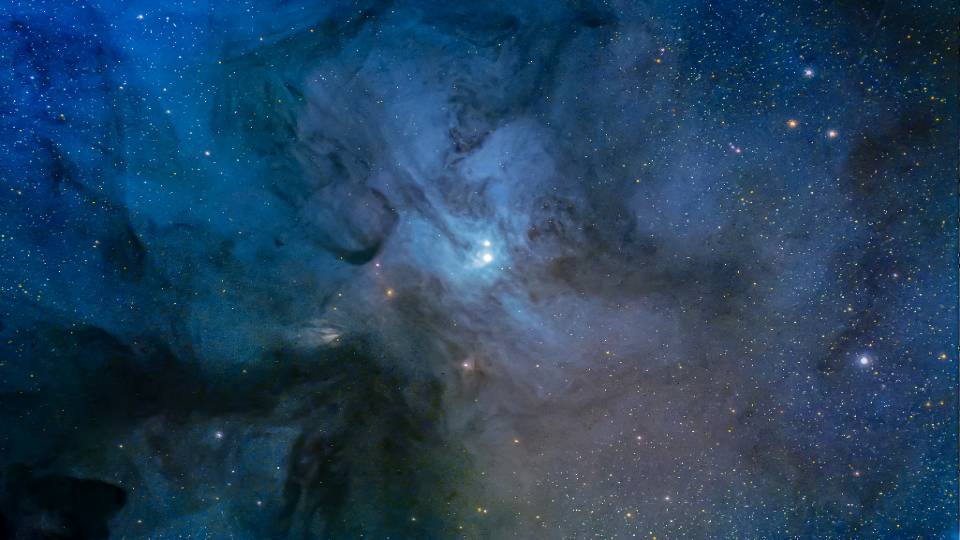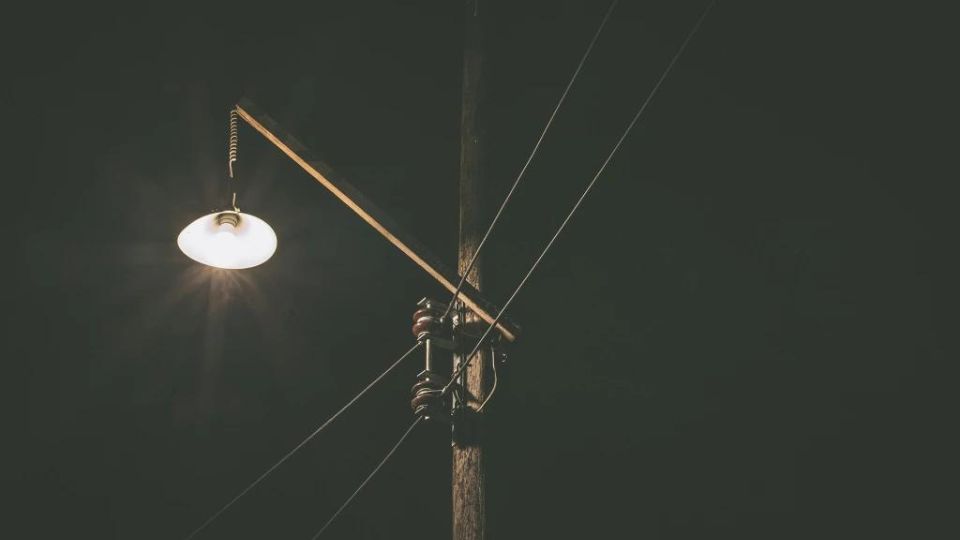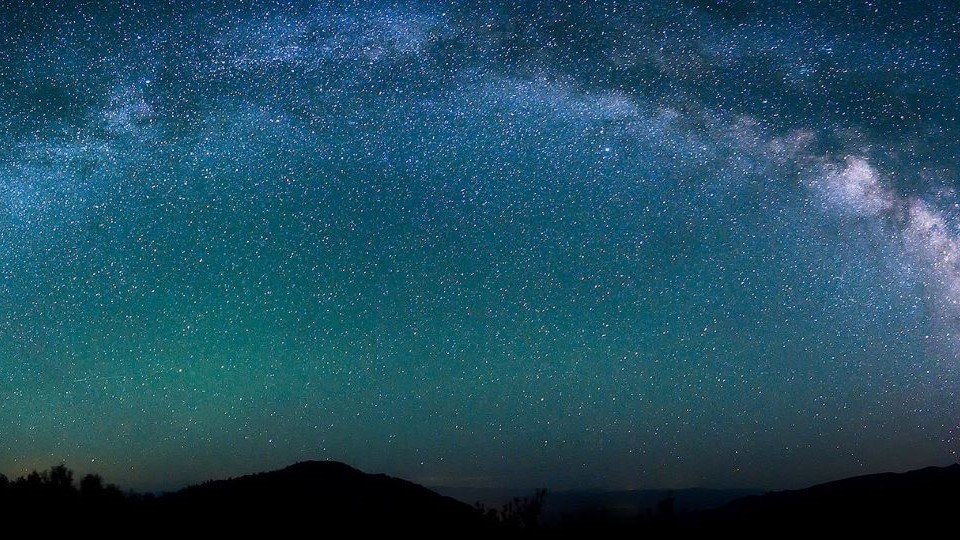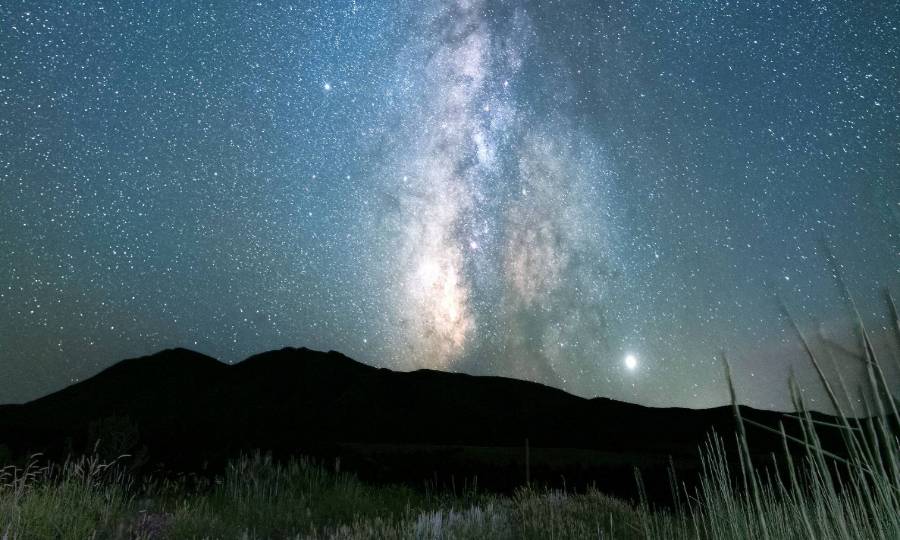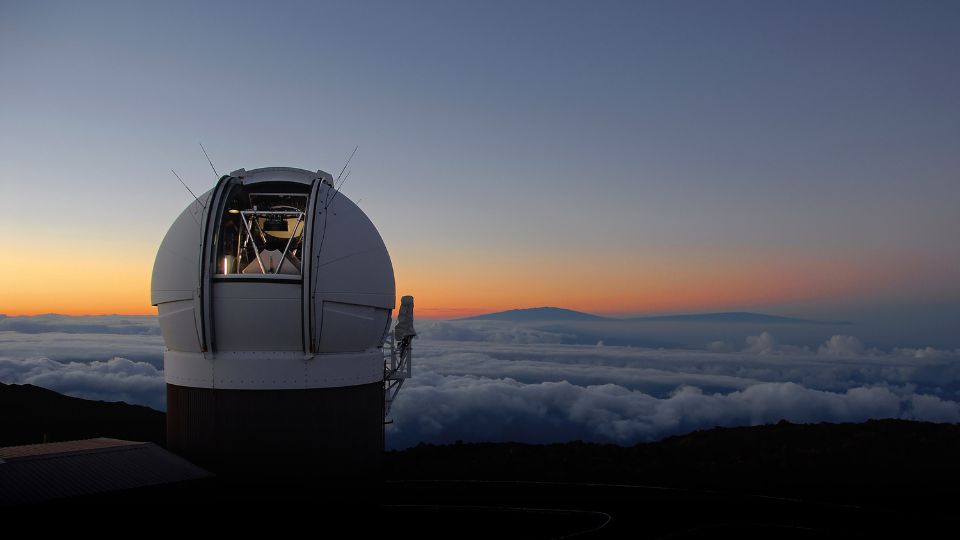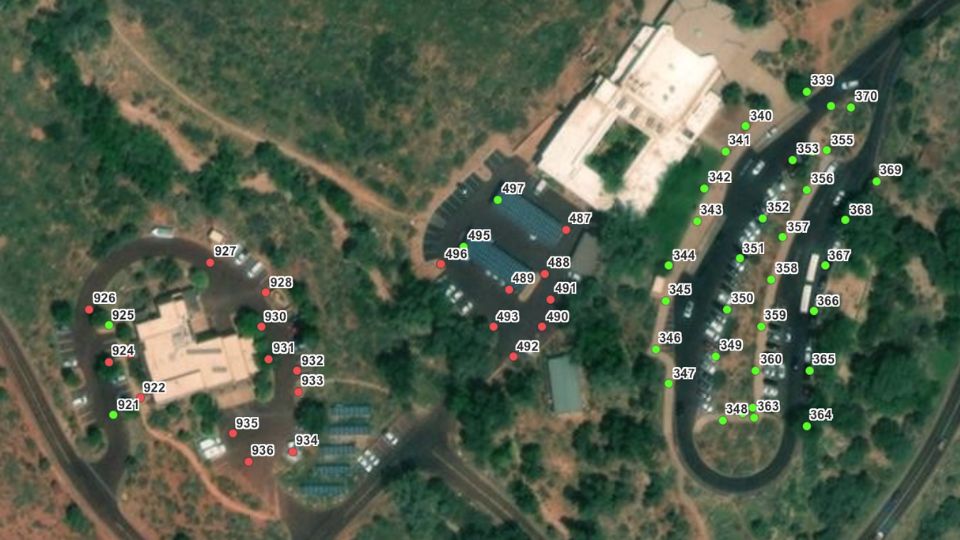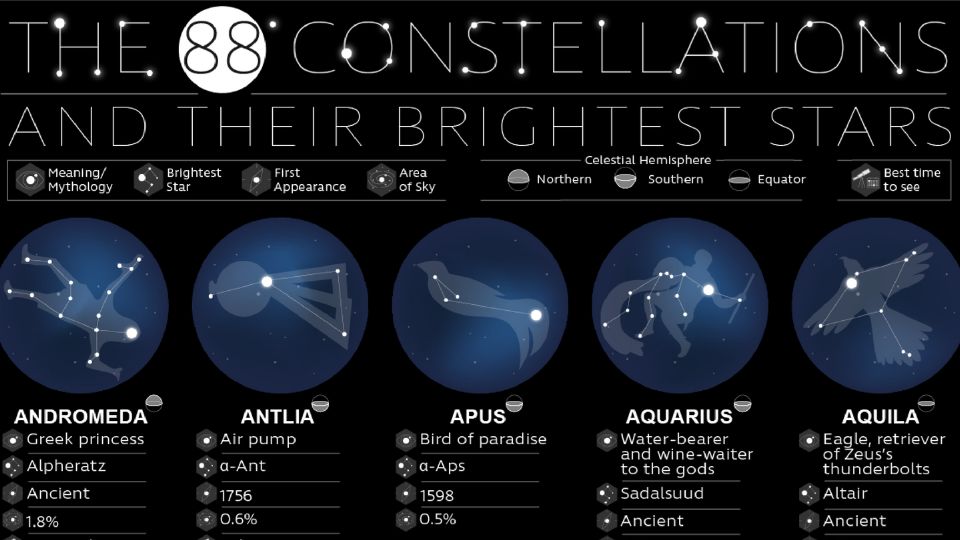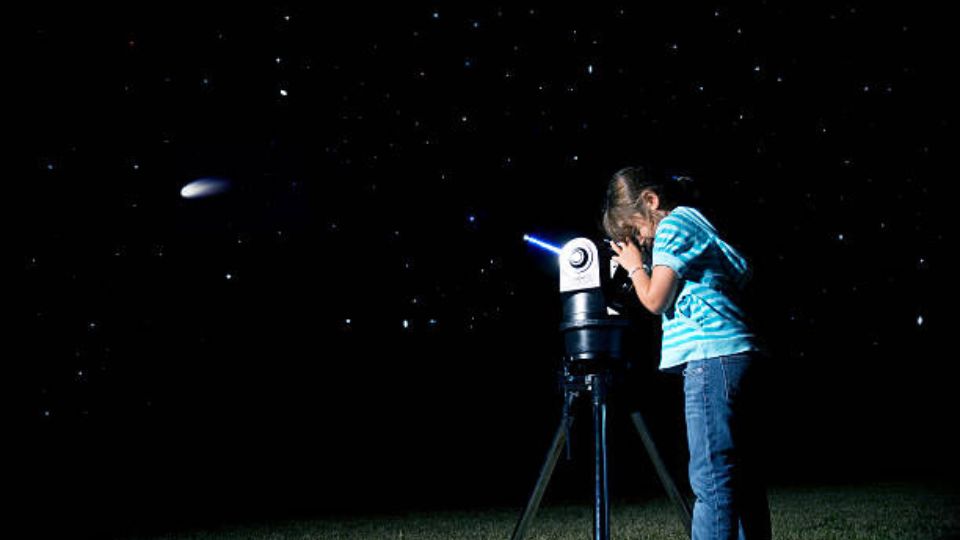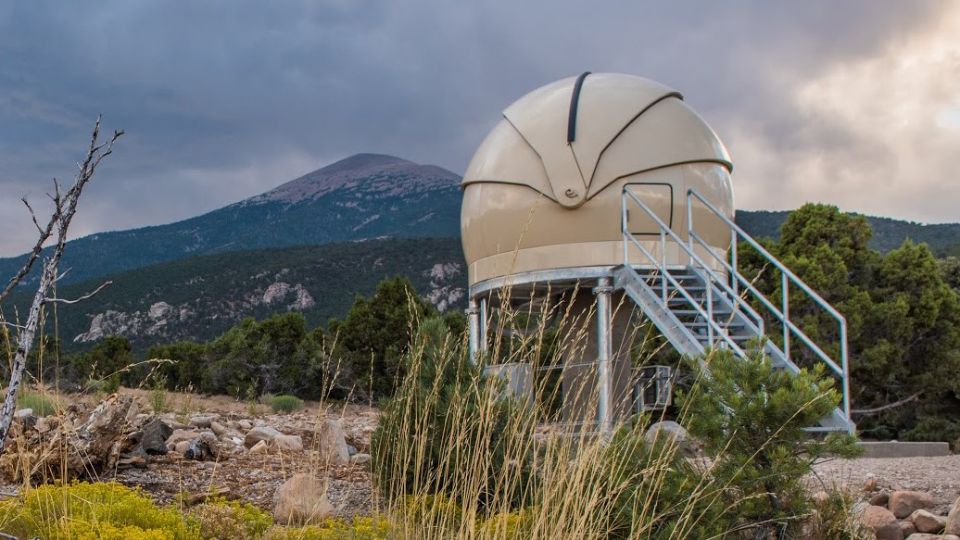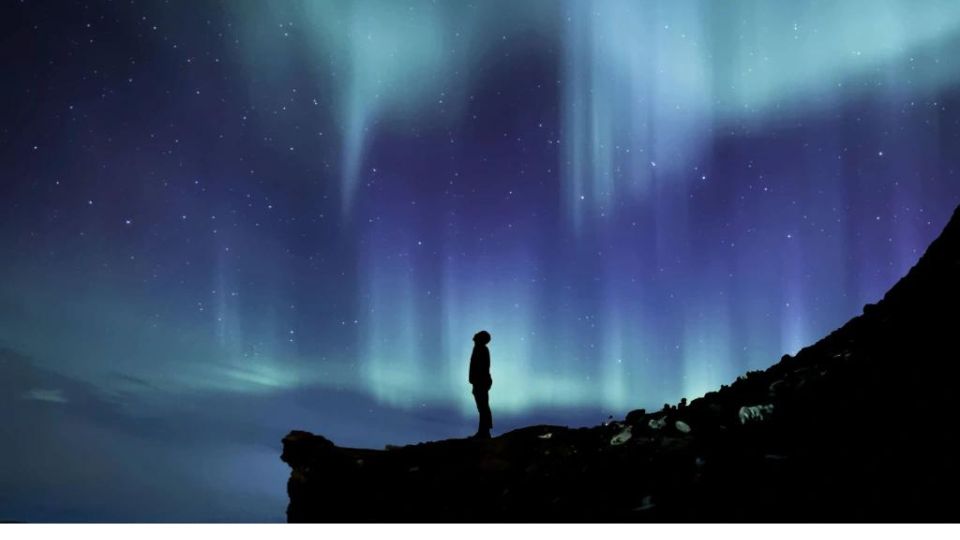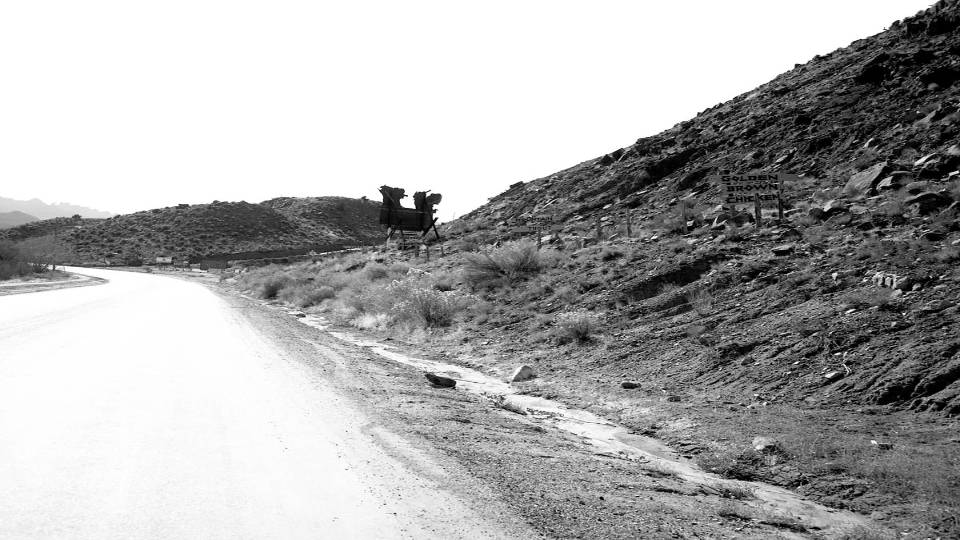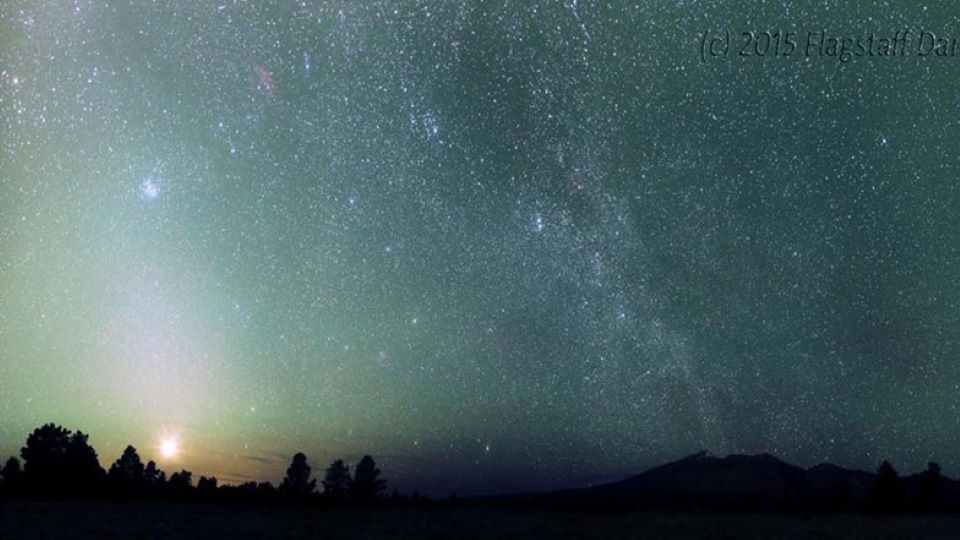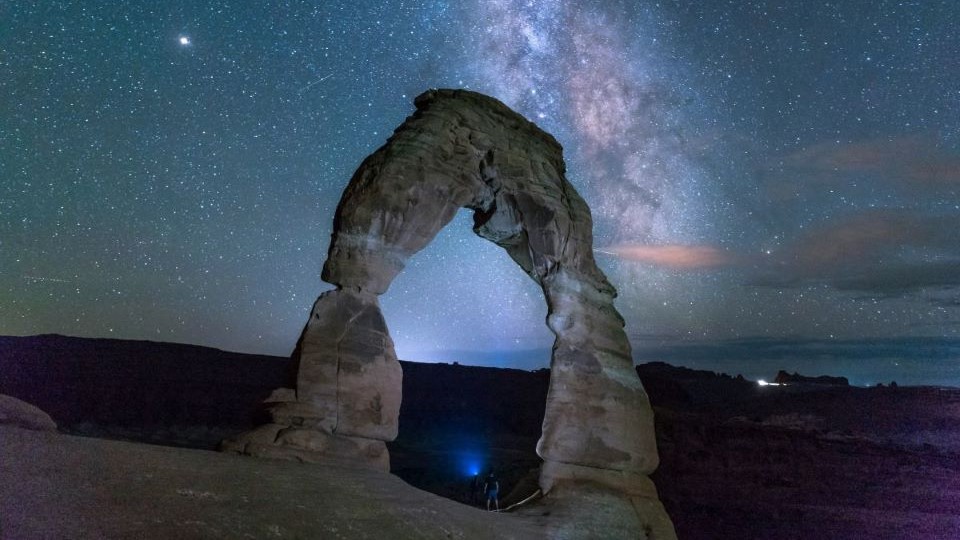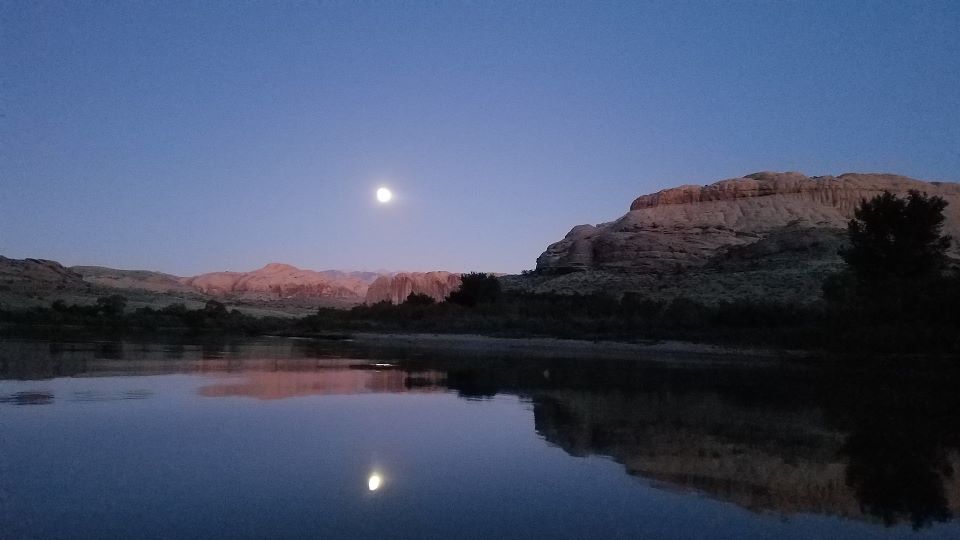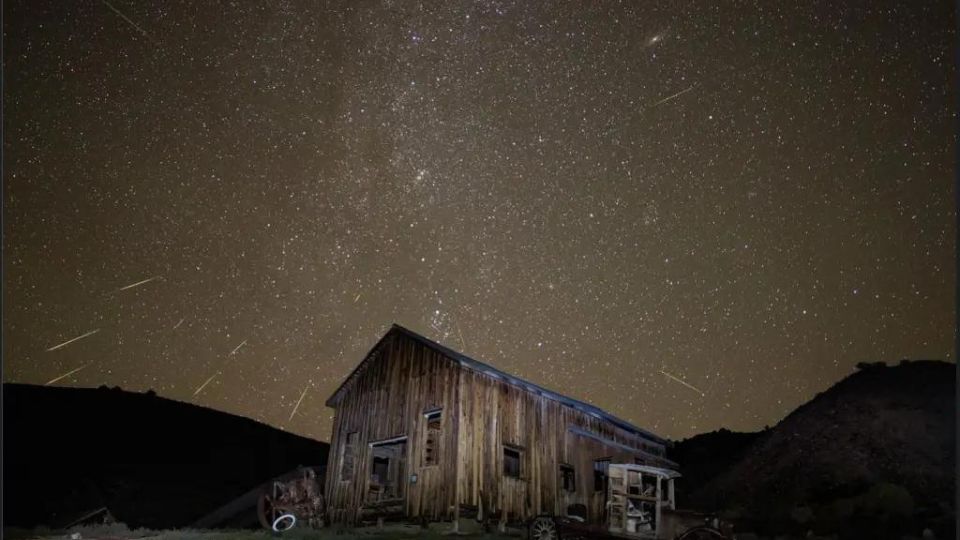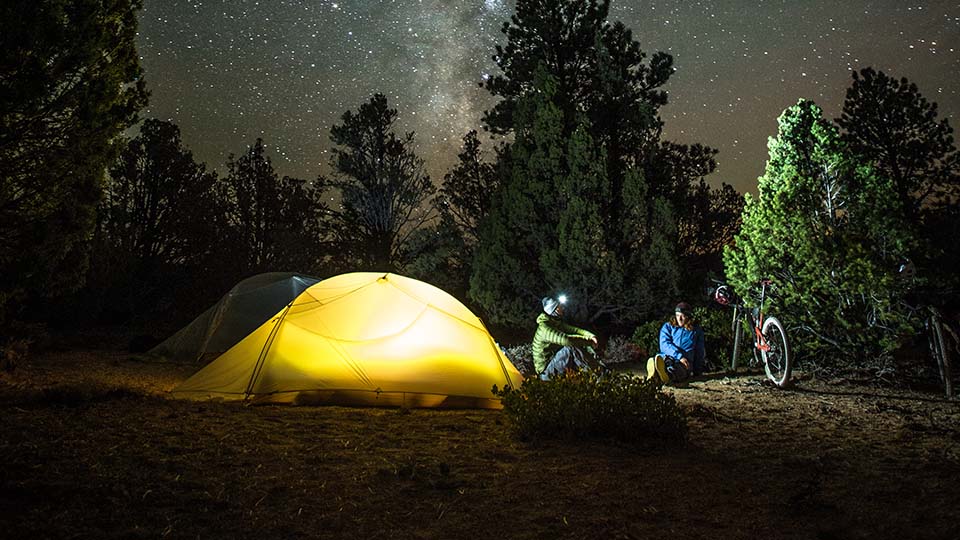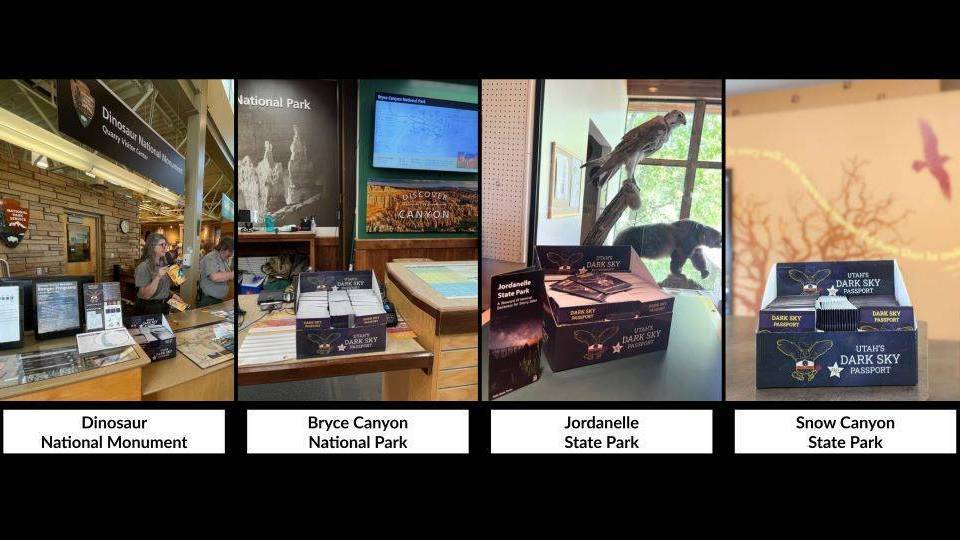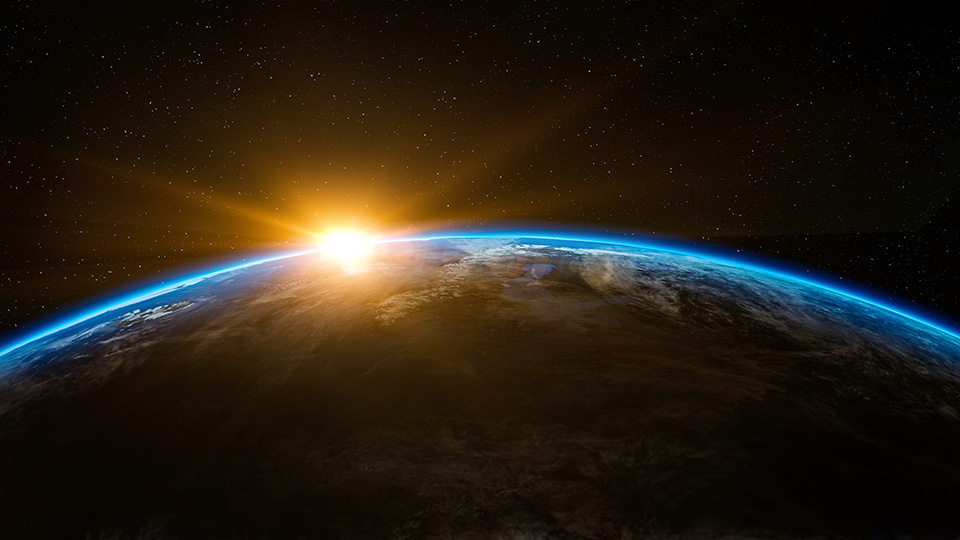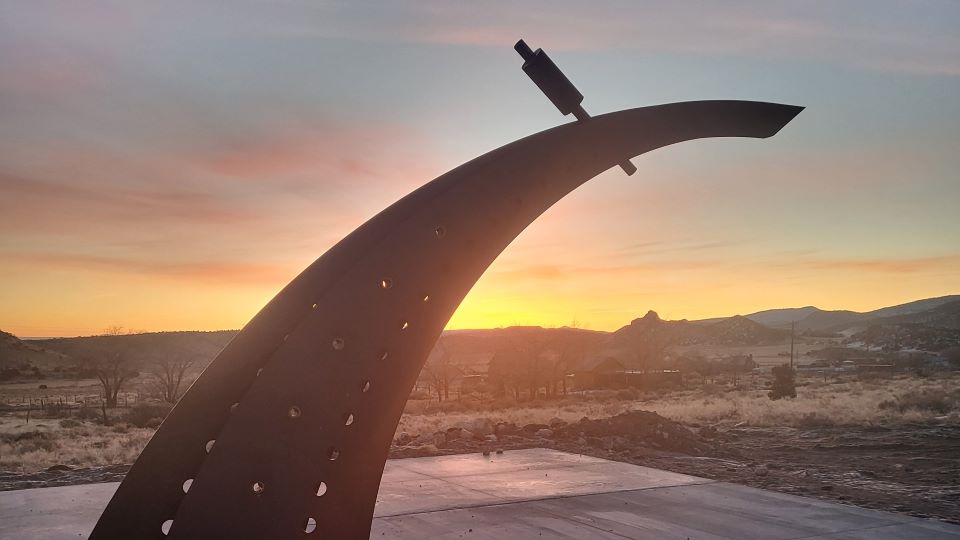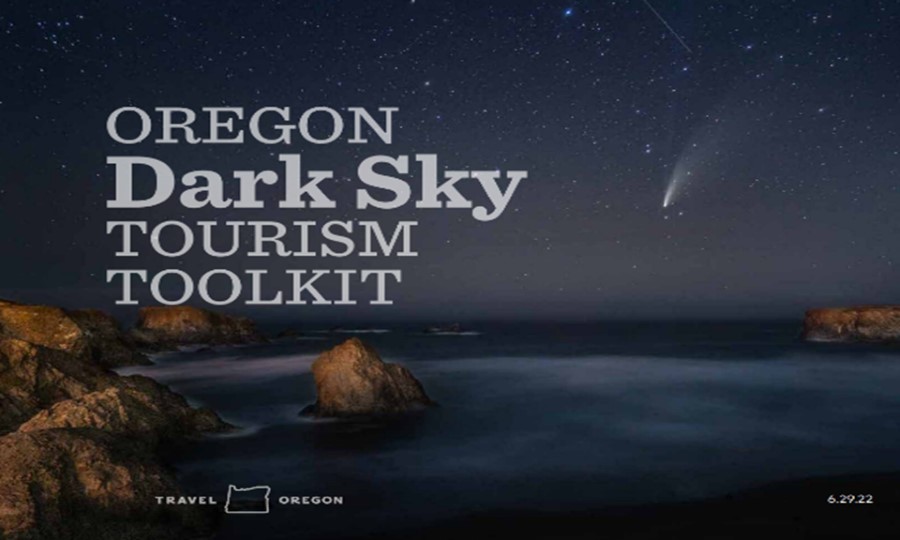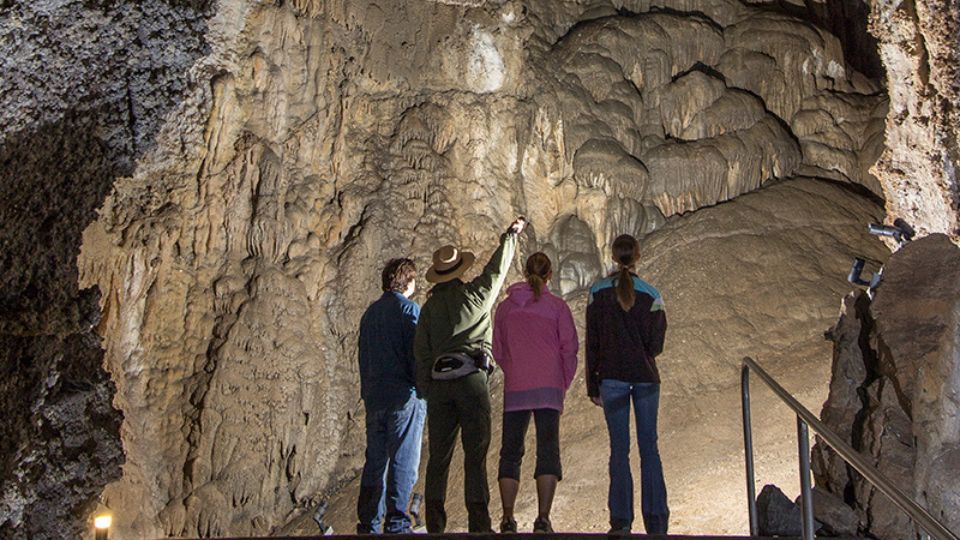Satellite Light Pollution: Is The Sky Really Falling?
John Barentine, PH. D, Principal Consultant at Dark Sky Consulting, LLC

When you hear the words “light pollution”, what do they mean to you? Those words may evoke the washed-out night skies in and near cities that make it hard to see the stars. Instead of inky blackness, light pollution — or, more specifically, “skyglow” — casts a grayish pallor over the night sky. That light originates on the ground, but in the future more of it may be coming from above. Light pollution from satellites and space junk may soon rival skyglow from the Earth’s cities.
Satellites are, of course, nothing new. The human presence in space is now in its seventh decade. It’s now accelerating as private commercial interests put ever more objects into orbit around our planet. At the end of the 2010s there were about 4,000 large objects in space. These represented a combination of functioning satellites, derelict ones and discarded pieces of space hardware. Until the last few years, an observer in a dark place might see a handful of satellites per hour, and very few in the middle of the night. They added a little excitement to a stargazing experience in a dark place.
Now we are in a new and very different era of spaceflight. In May 2019, the American private space company SpaceX launched the first group of satellites in its Starlink project. When fully built, Starlink will consist of over 40,000 satellites providing broadband Internet to virtually everywhere on Earth.

And it’s only the beginning. Companies like SpaceX have announced plans to launch more than 100,000 satellites into low-Earth orbit in the 2020s. Crowding these orbits with so many objects risks collisions between them, generating thousands of pieces of wreckage.
It would be one thing if the satellites were just bright, moving points of light in the night sky. That’s distracting and takes something away from seeing a dark, natural night sky. But all those satellites and the collision debris they produce could brighten the night sky itself.
We modeled the situation in 2021 and concluded that even before the first Starlink launch, space objects raised the brightness of the night sky by about 10% over an assumed natural background level.
In the future, this could be much higher. A full build-out of satellites plus debris would result in about 25 times as many objects in orbit in 2030 as in 2020. This realistic outcome would make the night sky as bright as one sees now in the transition between suburban and rural areas. Unlike ground-based skyglow, we can’t escape this effect by going places further away from cities. Satellite light pollution may affect almost every place on Earth except the polar regions.

So what can we do about this growing problem? Astronomers started engaging companies almost immediately after the first Starlink launch in 2019. Some companies made voluntary changes to their satellite designs that resulted in less reflected sunlight. But engineers may have already reached the limits of this approach. Launching to lower orbits can help also.
Astronomers held four conferences in 2020-21 to confront the problem and seek solutions. Since there is no reason to think large satellite constellations are going away anytime soon, they established a new clearinghouse to manage the ongoing work.
Some have asked how satellite companies can engage in launching so many new satellites. National and international laws governing the use of space don’t envision this kind of use. There are very few barriers to entry, resulting in a ‘Wild West’ scenario. Avoiding catastrophe depends largely on private commercial interests taking responsibility for their actions. But it’s unclear whether that will happen.
Astronomers have called for more measurement and monitoring of sky conditions. Experts are considering whether environmental laws apply to space. And none of the space companies have shown that providing Internet by satellite is a sustainable business model.
If successful, satellite broadband service could change the lives of billions of people. Some ask whether this benefit is worth what’s lost if the night sky is sacrificed in the process. For many of the same people who would benefit from Internet-by-satellite, access to the night sky is equally important. The best way forward involves compromise and new ways of thinking about how we use the space around our planet.
Whether we will reach the dual goals of Internet connectivity and starry sky protection is a story humanity has yet to write. What’s next? Watch this (orbital) space!
Article Links
- SpaceX Launches 60 Starlink Internet Satellites Into Orbit: https://www.nytimes.com/2019/05/23/science/spacex-launch.html
- Lights in the sky from Elon Musk’s new satellite network have stargazers worried: https://theconversation.com/lights-in-the-sky-from-elon-musks-new-satellite-network-have-stargazers-worried-117829
- SpaceX’s bright Starlink satellites are upsetting astronomers: https://www.newscientist.com/article/2204713-spacexs-bright-starlink-satellites-are-upsetting-astronomers/
- 2009 Satellite Collision: https://en.wikipedia.org/wiki/2009_satellite_collision
- The proliferation of space objects is rapidly increasing source of artificial night sky brightness: https://academic.oup.com/mnrasl/article/504/1/L40/6188393
- Astronomers and SpaceX coming together to make Starlink megaconstellation less disruptive to science: https://www.space.com/spacex-starlink-satellites-astronomers-visibility-response.html
- SpaceX Plans Sunshades to Save Night Skies From Starlink Satellites: https://www.nytimes.com/2020/05/06/science/spacex-starlink-astronomy.html
- Satellite Constellations 1 Workshop Report: https://aas.org/satellite-constellations-1-workshop-report
- Technical Document: Executive Summary of the SATCON2 Workshop – Executive Summary: https://noirlab.edu/public/products/techdocs/techdoc031/
- Report Published Following Workshop on Dark & Quite Skies for Science and Society: https://www.iau.org/news/announcements/detail/ann21002/
- Technical Document: Dark and Quite Skies II Working Group Reports: https://noirlab.edu/public/products/techdocs/techdoc051/
- Selection of New IAU Centre for the Protection of the Dark and Quite Sky from Satellite Constellation Interference: https://www.iau.org/news/pressreleases/detail/iau2201/
- Elon Musk’s Starlink mega-constellation will result in a ‘Wild West’ scenario in space, says Arianespace CEO: https://www.businessinsider.com/arianespace-ceo-elon-musk-colonize-low-earth-orbit-2019-11
- The Fault in Our Stars: Modern Threats to International Space Law: https://harvardpolitics.com/modern-threats-to-international-space-law/
- High-speed internet is the new space race. But do the economics work?: https://www.marketplace.org/shows/marketplace-tech/high-speed-internet-is-the-new-space-race-but-do-the-economics-work/
- The impact of satellite constellations on space as an ancestral global commons: https://www.nature.com/articles/s41550-020-01238-3
Download a high quality pdf version of this article
About the Author
John Barentine is an astronomer, historian, author, science communicator, and is Principal Consultant at Dark Sky Consulting, LLC. He earned a Ph.D. in astronomy from the University of Texas and is a member of the American Astronomical Society, the International Astronomical Union and the Royal Astronomical Society. You can reach him at john@darkskyconsulting.com.
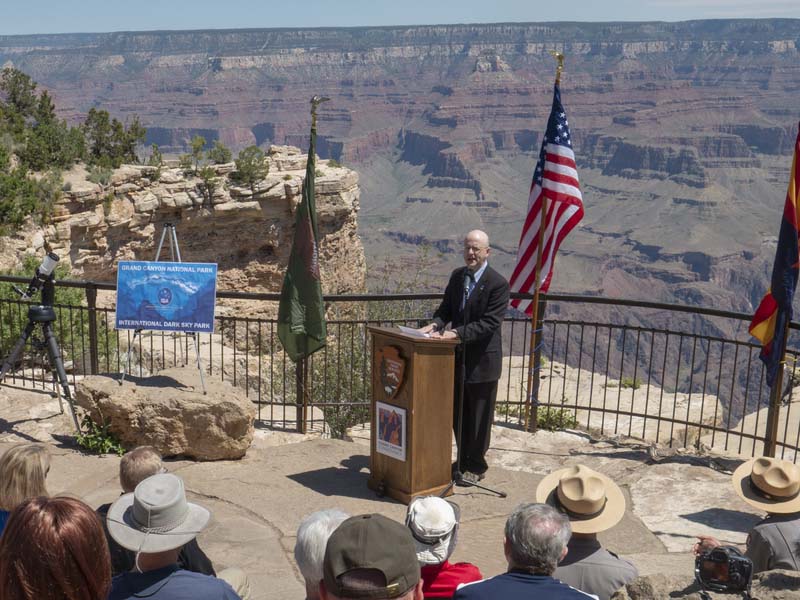
Related Articles


